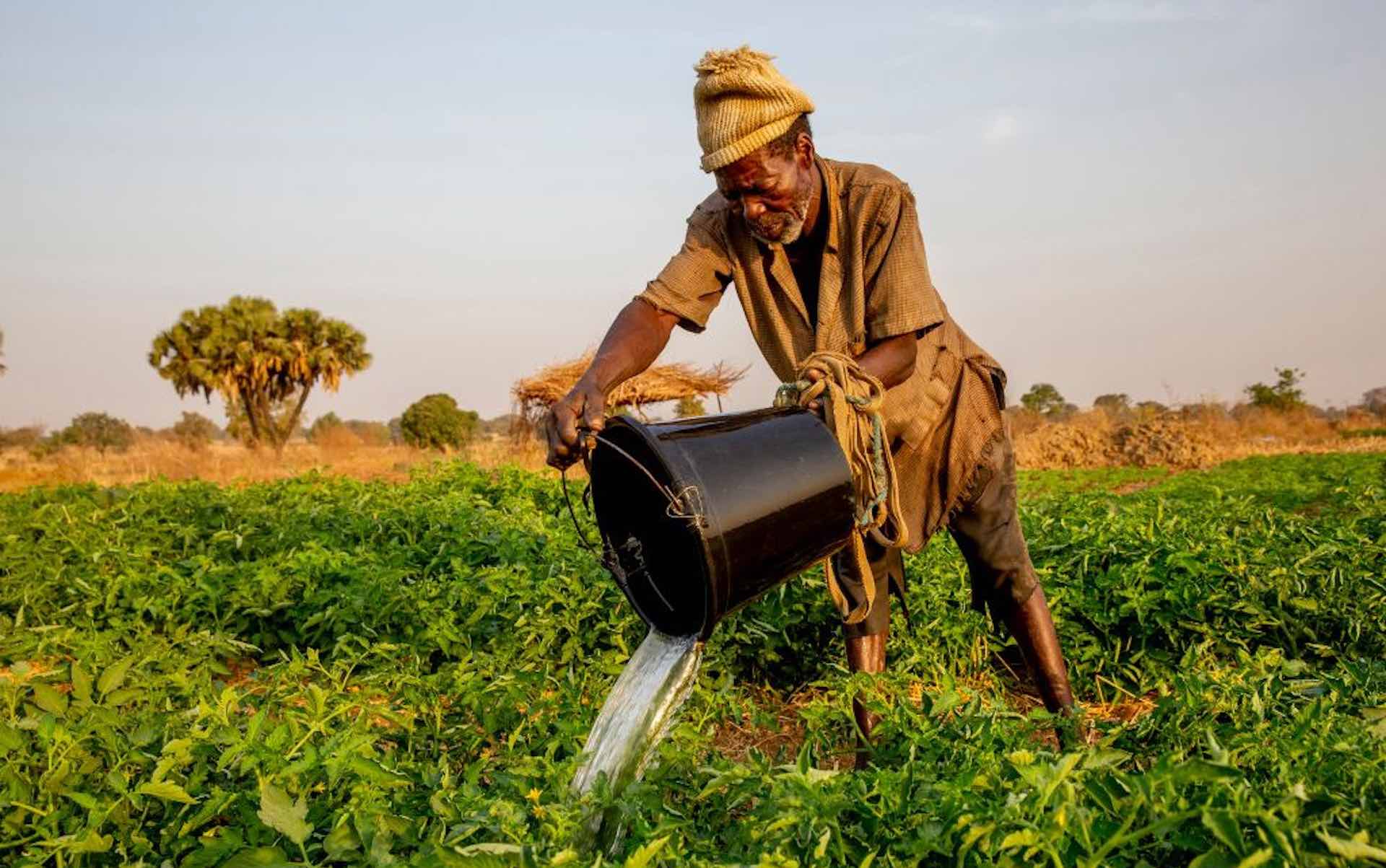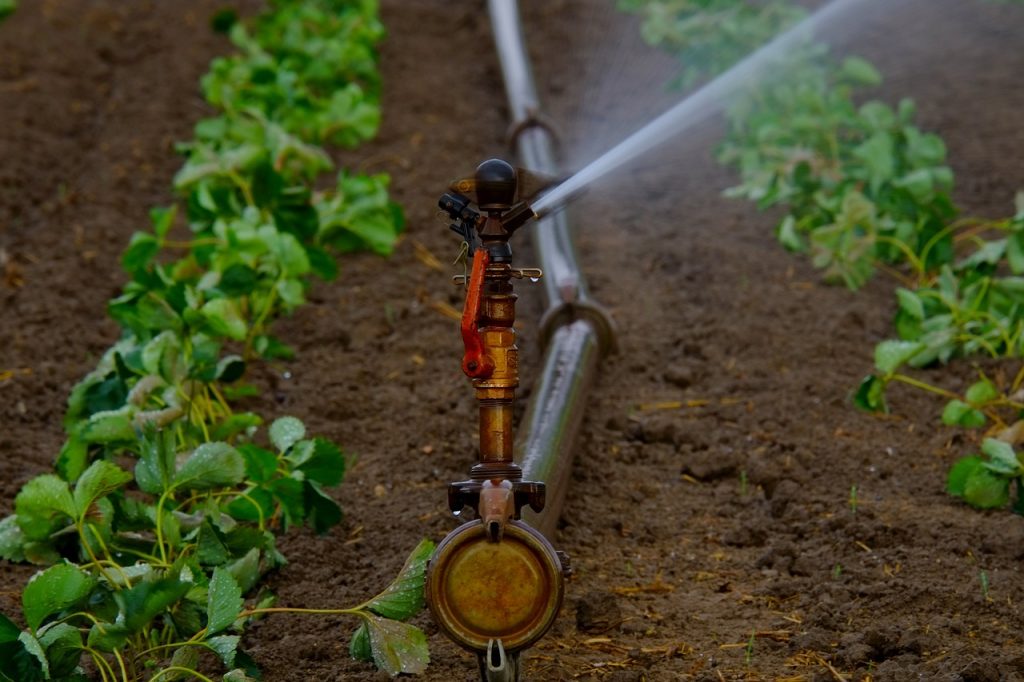Imagine transforming your farm into a thriving oasis, where every crop is perfectly hydrated and productivity soars. Sounds enticing, right?
If you’re a farmer, you know that water management is key to achieving this dream. But with so many tools out there, how do you choose the right ones for your farm? That’s where we come in. We’ll uncover the top 10 irrigation tools every farmer should know about.
These tools aren’t just essential; they are game-changers that can revolutionize your farming practices. Ready to take your farming to the next level? Keep reading to discover the secrets to efficient irrigation and unlock the potential of your land. Your crops—and your bottom line—will thank you.
Drip Irrigation Systems
Drip irrigation systems have transformed the way farmers manage water, offering a precise and efficient method to deliver moisture directly to the roots of plants. Unlike traditional systems, drip irrigation minimizes waste and ensures crops receive the exact amount of water they need. This tool is a game-changer for conserving water and boosting crop yields.
Advantages Of Drip Irrigation
Drip irrigation systems help you save water by targeting only the plants that need it. This means less evaporation and runoff. Imagine having a garden where each plant gets its own drink without wasting any water. Farmers using this method often report healthier crops and increased yields.
Maintenance is straightforward, making it easy for you to check for clogs or leaks. Regular inspections ensure your system runs smoothly. Just like checking your car for oil, keeping your irrigation system in top shape pays off.
Components Of A Drip Irrigation System
The system consists of several key parts: tubing, emitters, and filters. Tubing carries water from the source to your plants. Emitters control the flow rate, ensuring each plant gets just the right amount. Filters keep debris out, preventing clogs that can disrupt the flow.
Set up a simple layout to cover your garden efficiently. You can even add timers for automation, freeing up your time for other tasks. With the right setup, you’ll wonder why you didn’t try this sooner.
Installation Tips
Start small to learn the ropes before expanding. Choose quality materials that withstand weather conditions. If you’ve ever put together a puzzle, you know how crucial it is to have all pieces fit perfectly.
Position emitters near the plant base for maximum efficiency. Adjust the flow rate based on soil type and plant needs. Consider testing the system during different times of the day to see what works best for your crops.
Troubleshooting Common Issues
Clogs can occur, but regular checks help prevent them. Keep an eye on water pressure; it should be consistent. You might find that cleaning filters and checking tubing connections solves most problems.
If plants seem thirsty, inspect emitters for blockages. Adjust settings if necessary to ensure adequate water flow. It’s like tuning a musical instrument; small changes can make a big difference.
Is Drip Irrigation Right For You?
Consider your crop type and water availability. Are you looking to reduce water usage and increase efficiency? Drip irrigation could be your answer.
Reflect on your goals and resources. Can you commit to regular maintenance? This system requires some attention but pays off with healthier crops and less water wastage.
Think about the potential savings in water bills and the positive environmental impact. Could this be the step forward your farm needs? The decision is yours, but the benefits are clear.

Sprinkler Systems
Sprinkler systems efficiently distribute water across fields. Essential for farmers, these tools ensure crops receive consistent hydration. Easy setup and operation make them a must-have in modern agriculture.
Sprinkler systems are a game-changer in the world of irrigation, offering farmers a convenient and efficient way to water their crops. These systems mimic natural rainfall, ensuring even water distribution across fields. They are especially beneficial for large farms, where manual watering can be labor-intensive and time-consuming. Let’s dive into the essentials of sprinkler systems and how they can transform your farming practice.What Are Sprinkler Systems?
Sprinkler systems are devices that spray water over crops, simulating natural rain. They consist of pipes, pumps, and heads that distribute water evenly. The system can be automated, saving you both time and effort.Types Of Sprinkler Systems
There are different types of sprinkler systems to suit various needs: – Fixed Systems: Perfect for areas that require constant irrigation. Once set up, they need minimal adjustment. – Portable Systems: Ideal for small farms or areas with varying watering needs. They can be moved easily from one location to another. – Automated Systems: Equipped with timers and sensors, these systems offer precision in watering schedules.Benefits Of Using Sprinkler Systems
Sprinkler systems offer numerous advantages: – Water Efficiency: They reduce water wastage by directing water precisely where it’s needed. – Labor Saving: Once installed, they require minimal manual intervention. – Crop Health: Ensures consistent watering, reducing stress on plants and boosting growth.How To Choose The Right Sprinkler System
Selecting the right system depends on several factors: – Farm Size: Larger farms may benefit from automated systems, while smaller ones might find portable systems more practical. – Crop Type: Certain crops have specific watering needs, dictating the type of system you should invest in. – Budget: Consider the initial cost and maintenance expenses to find a system that fits your financial plan.Installation Tips For Sprinkler Systems
Proper installation is crucial for optimal performance: – Plan Layout: Map out the area to ensure even coverage. – Check Water Pressure: Ensure your water source can support the system’s requirements. – Test Before Use: Run the system to check for leaks or blockages before regular operation.Common Mistakes To Avoid
Avoid these pitfalls to ensure your system runs smoothly: – Overwatering: Set timers correctly to prevent waterlogging, which can harm crops. – Ignoring Maintenance: Regularly check for clogs and leaks to maintain efficiency. – Incorrect Placement: Ensure sprinkler heads are positioned to cover all areas evenly. Sprinkler systems can revolutionize your farming operations, providing efficiency and consistency in irrigation. Have you considered how a sprinkler system could enhance your farm?Water Pumps
Water pumps play a crucial role in modern farming. They move water from sources to crops. Efficient water management enhances crop yield. Reliable pumps ensure a steady water supply. They help farmers manage water resources effectively.
Choosing the right pump can be challenging. Factors like water source and crop type matter. Proper selection leads to better irrigation outcomes. Let’s explore some common water pumps and their benefits.
Types Of Water Pumps
Different pumps serve various purposes in irrigation. Understanding each type helps in making informed decisions.
Surface Water Pumps
Surface pumps draw water from shallow sources. They suit ponds, lakes, and rivers. These pumps are easy to install and maintain. They are ideal for small to medium-sized farms.
Submersible Water Pumps
Submersible pumps work underwater. They push water from deep wells. These pumps are efficient and quiet. Perfect for deep water sources.
Centrifugal Water Pumps
Centrifugal pumps use a rotating impeller. They move water through pipes effectively. These pumps are versatile and handle large volumes. Suitable for various irrigation systems.
Solar Water Pumps
Solar pumps use solar energy. They are environmentally friendly. These pumps reduce electricity costs. Ideal for sunny regions.
Choosing the right water pump is essential. It influences crop health and productivity. Each pump type offers unique benefits. Understanding your farm’s needs helps in selecting the best pump.

Soil Moisture Sensors
Soil moisture sensors help farmers efficiently manage water use. They measure soil’s water content, ensuring crops receive the right amount. Essential for sustainable farming, these sensors aid in conserving resources and boosting yields.
In the world of modern farming, soil moisture sensors are a game-changer. These nifty devices help you understand the hydration needs of your crops, potentially saving you time, water, and money. Imagine being able to fine-tune your irrigation strategy with the confidence that comes from solid data.What Are Soil Moisture Sensors?
Soil moisture sensors are small devices that measure the water content in the soil. They provide real-time data, enabling you to make informed decisions about irrigation. This technology is especially useful during dry spells or when you’re uncertain about how much water your crops really need.Why You Need Soil Moisture Sensors
Think about how much water you might be wasting without precise data. These sensors can help you apply the right amount of water, avoiding both overwatering and underwatering. This precision leads to healthier plants and better yields.How Soil Moisture Sensors Work
These sensors use electrical currents to measure the moisture level in the soil. It’s like having a thermometer for your land, giving you accurate readings instantly. The data can be viewed on your smartphone or computer, making it incredibly convenient.Benefits Of Using Soil Moisture Sensors
With these sensors, you can reduce water usage by up to 30%. This not only conserves a precious resource but also cuts down on your water bills. Plus, when your plants get just the right amount of water, they grow stronger and more resilient.Real-life Example: Saving My Crop
I once faced a drought that threatened my entire crop. By using soil moisture sensors, I was able to optimize my watering schedule precisely. The result? My crops thrived despite the challenging conditions, proving the sensors’ worth.Choosing The Right Soil Moisture Sensor
When selecting a sensor, consider factors like accuracy, ease of use, and compatibility with your existing systems. Some sensors offer additional features like temperature readings or wireless connectivity. Make a choice that fits your specific needs and budget.Installation Tips For Soil Moisture Sensors
Proper installation is key to getting accurate readings. Ensure the sensor is placed at the root zone of your crops, where it can accurately measure moisture levels. Regularly check the sensors for any soil buildup that might interfere with readings.Challenges And Solutions
While these sensors are incredibly useful, they require an initial investment. However, the long-term savings on water and improved crop yields make them a worthy investment. Additionally, some farmers worry about technology failures, but regular maintenance can help avoid these issues.Future Of Soil Moisture Sensors
As technology advances, these sensors will become even more accurate and easier to use. Imagine a future where your entire irrigation system is automated based on real-time soil data. The potential for increased efficiency and sustainability is immense. Are you ready to embrace this technology and transform your farming practices? By integrating soil moisture sensors, you can take a giant leap towards more sustainable and profitable farming.
Conclusion
Farmers thrive with the right irrigation tools. These ten tools boost efficiency. They help save water and time. Each tool serves a unique purpose. Selecting the right ones is crucial. It ensures crops get the water they need. Healthy plants mean better yields.
Better yields lead to more profit. Knowledge of these tools empowers farmers. It equips them for success in their fields. Investing in quality tools pays off. Farmers can then focus on growth. Growth of crops and knowledge. Stay informed and choose wisely.


